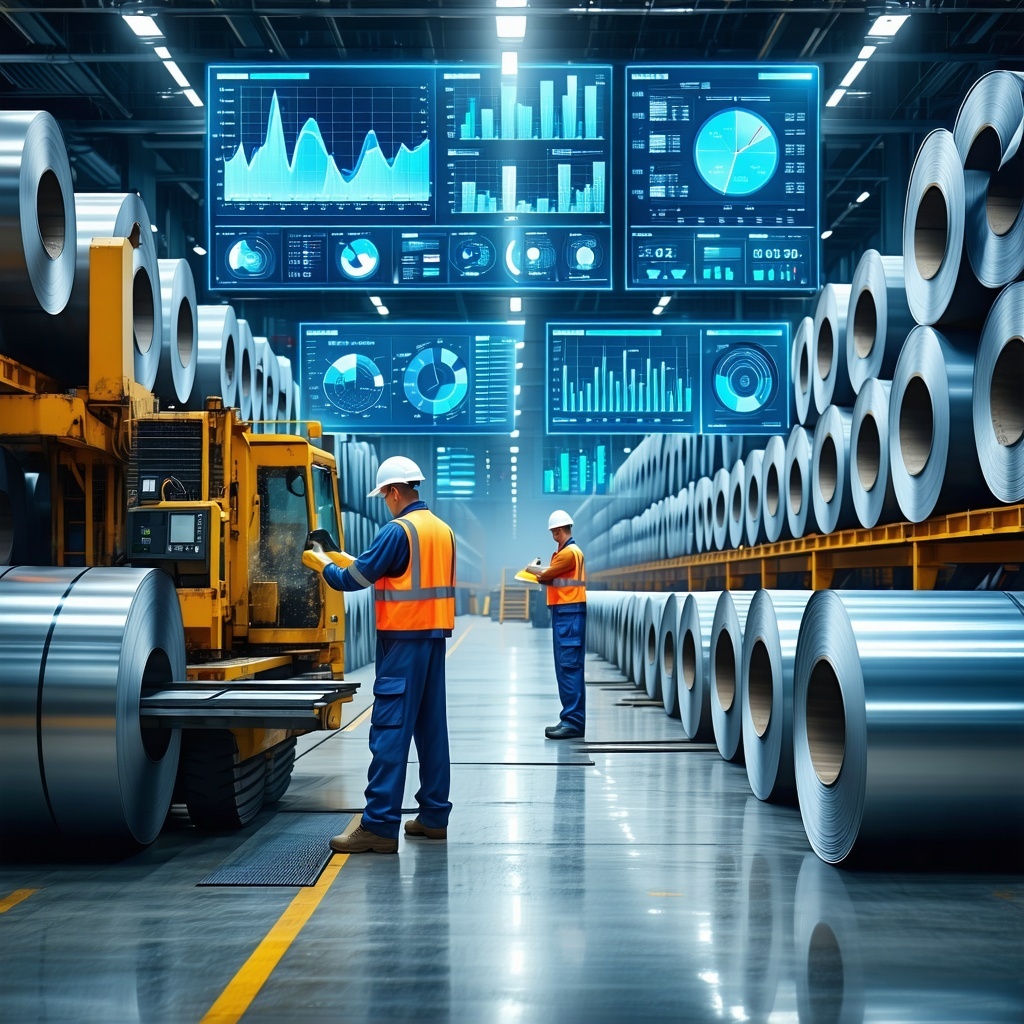Tariffs and the Metal Industry: The Weight of a Double-Edged Sword
Over the past several years, tariffs have become a key issue in the global metals trade - especially for steel and aluminum. Introduced as a means to protect domestic producers, these duties have had a ripple effect that touches every corner of the industry, from mills and fabricators to OEMs and end-users. While the original goal was to level the playing field, the result has been anything but simple.
Why Tariffs Were Introduced
The U.S. slapped tariffs on imported steel (25%) and aluminum (10%) in 2018 under Section 232, citing national security. The logic: too much reliance on foreign metals could weaken domestic supply chains. In principle, that made sense. U.S. mills had been getting undercut for years by cheaper imports from countries with lower labor and environmental standards.
Tariffs were a shot in the arm for U.S. metal producers. They provided much-needed breathing room to modernize operations and raise prices. Capacity utilization jumped. So did earnings. If you were a domestic mill, it felt like justice had finally arrived.
The Other Side of the Coin
But here's the flip side - and it's a big one. For fabricators, job shops, manufacturers, and downstream players, tariffs have meant higher input costs, tighter margins, and more uncertainty. For every ton of steel protected, there’s a buyer paying the price. And in an industry built on tight schedules and tighter budgets, cost volatility is poison.
You can’t ignore the distortion tariffs introduce into supply chains. Some companies found workarounds - like rerouting imports through tariff-exempt countries - but most didn’t have that luxury. Many smaller players simply ate the cost or passed it down the line, which ultimately hits the consumer.
Global Retaliation and Trade Wars
Let’s not forget retaliation. The EU, Canada, China, and others didn’t sit on their hands. They fired back with tariffs on U.S. goods - from whiskey and Harley-Davidsons to industrial products - which hurt other sectors and deepened tensions.
Tariffs may protect one part of the economy, but they can strangle others. That’s the problem with a blunt tool - it swings hard, and it doesn’t discriminate.
Where Things Stand Now
We’ve seen some rollback, exemptions, and quota-based arrangements since the initial rollout, especially with allies like Canada and the EU. But the core structure is still in place. Washington sees tariffs as a bargaining chip, and they’re unlikely to disappear completely anytime soon.
Meanwhile, domestic producers have grown used to the protection. They’ve adjusted their pricing and business models accordingly. Pulling back now would be painful for them - and politically risky for any administration.
What the Metal Industry Should Do Now
If you're in the metals business, you can't wait for Washington to figure it out. Here's the reality:
-
Diversify your sourcing. Look beyond the traditional supply lines. Build relationships in multiple regions, especially those with favorable trade terms.
-
Watch the policy landscape. Tariff policy changes fast - and can blow up your margins overnight. Stay informed and agile.
-
Focus on value-added services. You can’t compete on price alone in a high-tariff world. Offer engineering support, just-in-time delivery, processing - whatever keeps you sticky to your customers.
-
Invest in tech and efficiency. Tariffs can be a headwind or a tailwind. If you can run leaner than the next guy, you’ll survive both scenarios.
Bottom Line
Tariffs were supposed to level the playing field. Instead, they redrew it. Whether you’re a fan or a critic, one thing is clear: they’re not going anywhere soon. The winners will be the companies that stop waiting for the game to change and start playing it smarter.
You May Also Like
These Related Stories

Three forces every service center needs on its radar

Capital Coated Steel maximise their iMetal data with Phocas



No Comments Yet
Let us know what you think